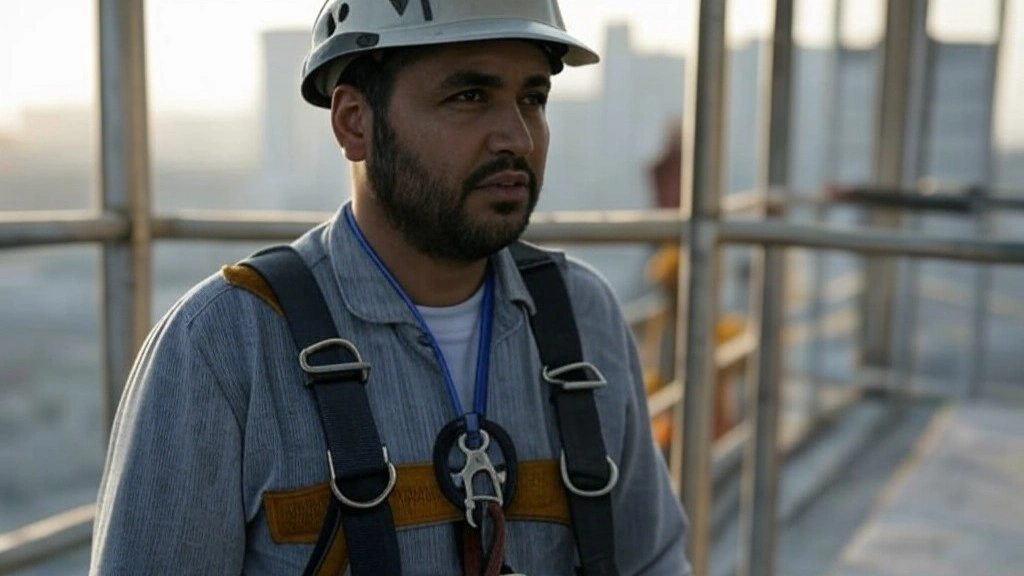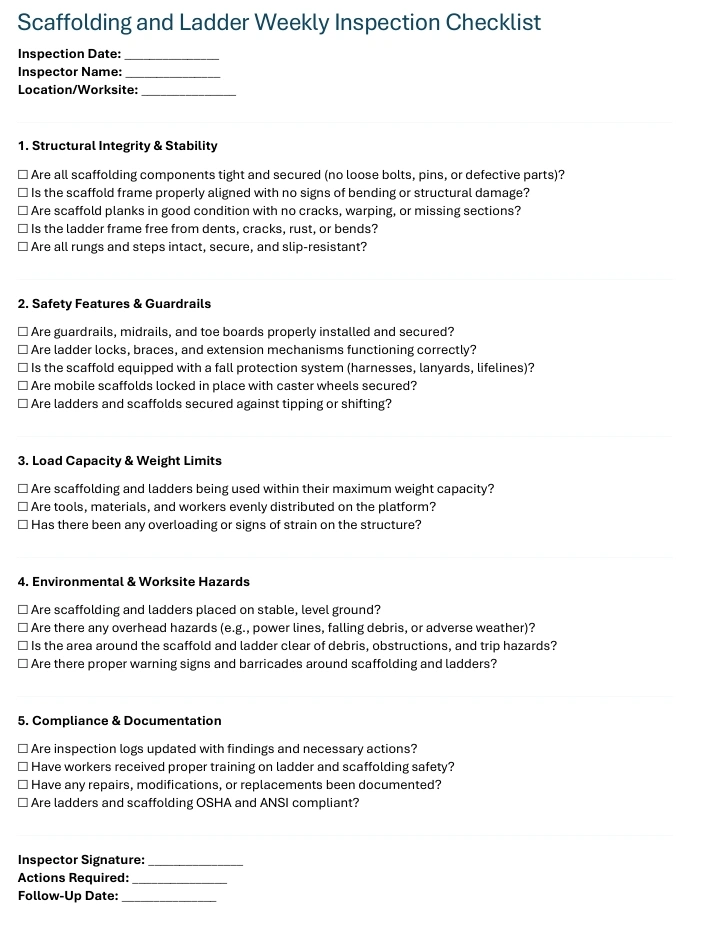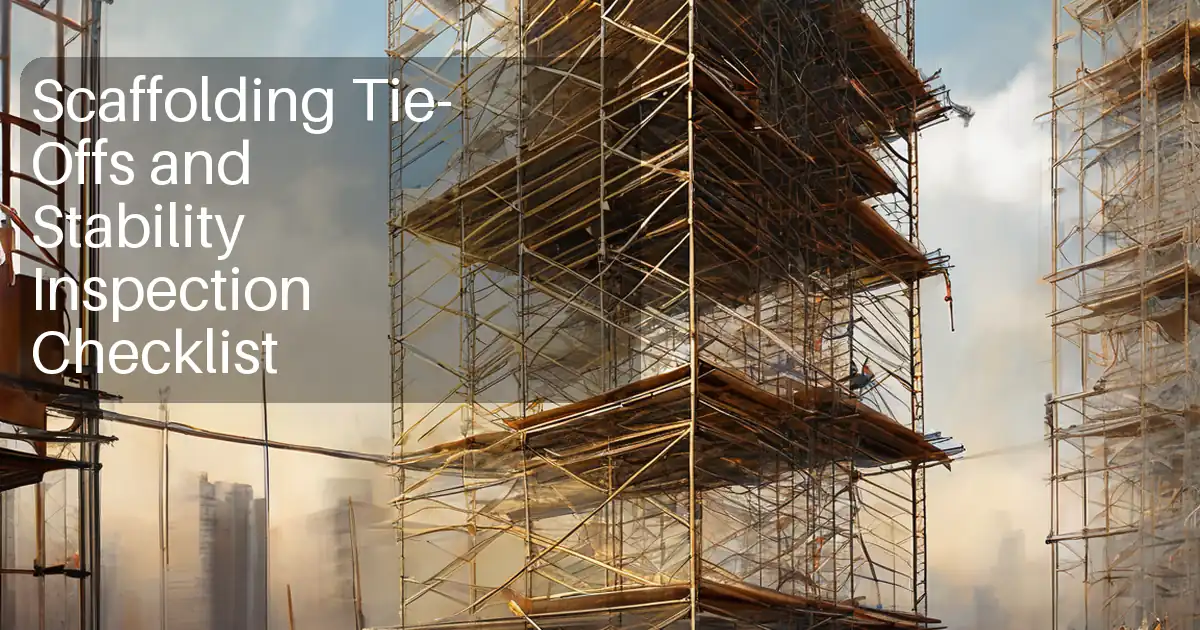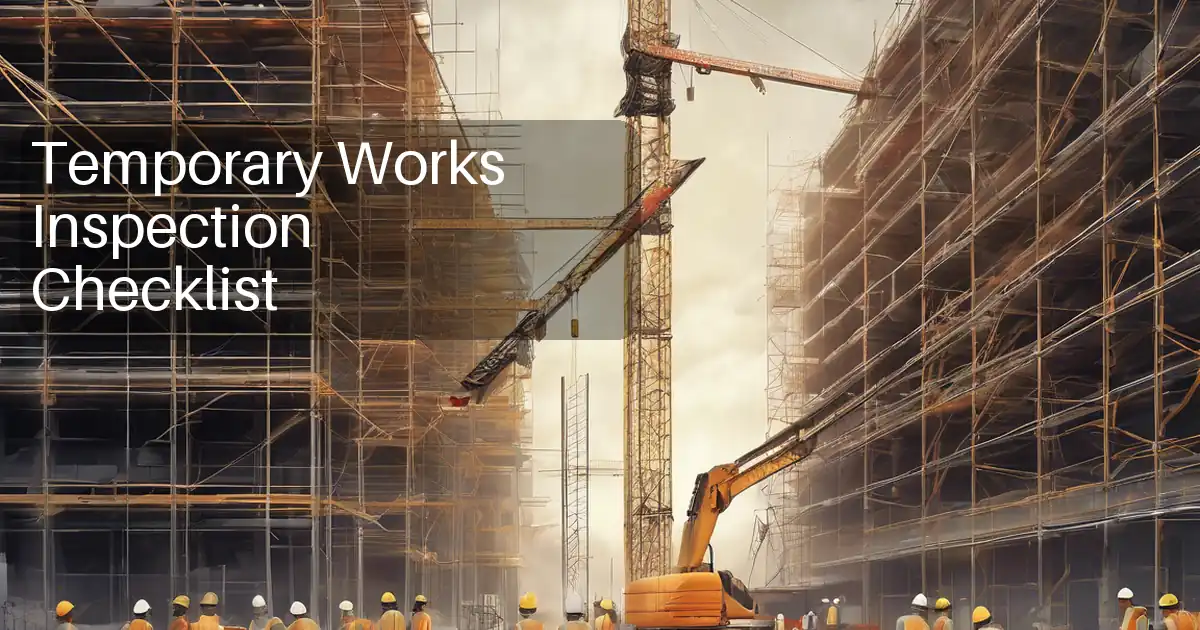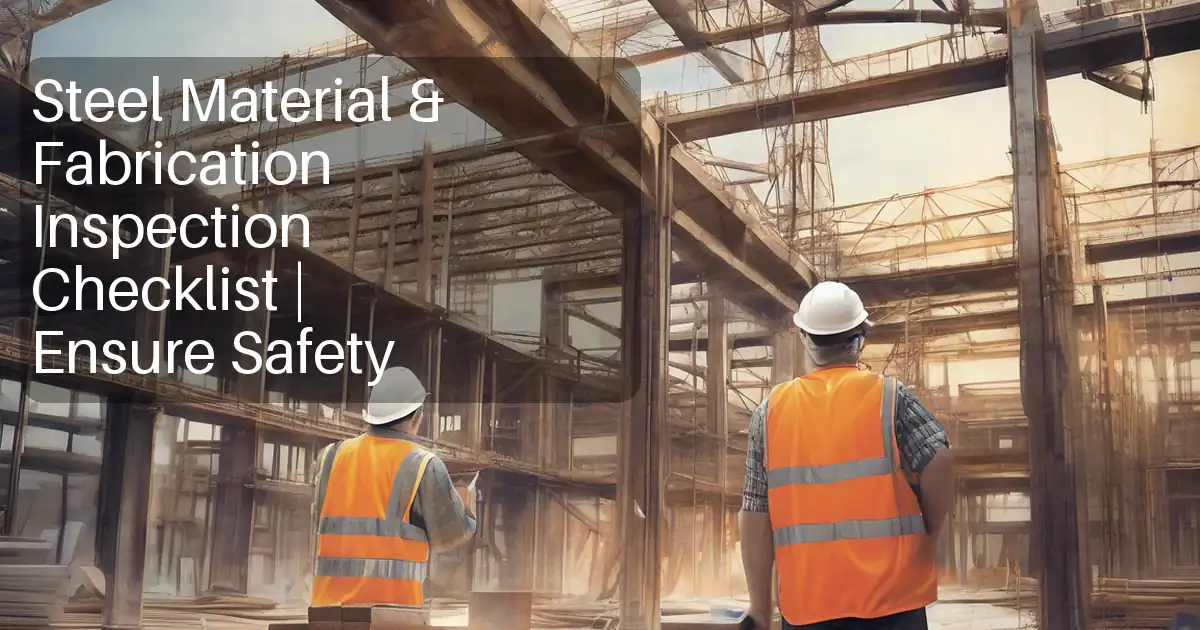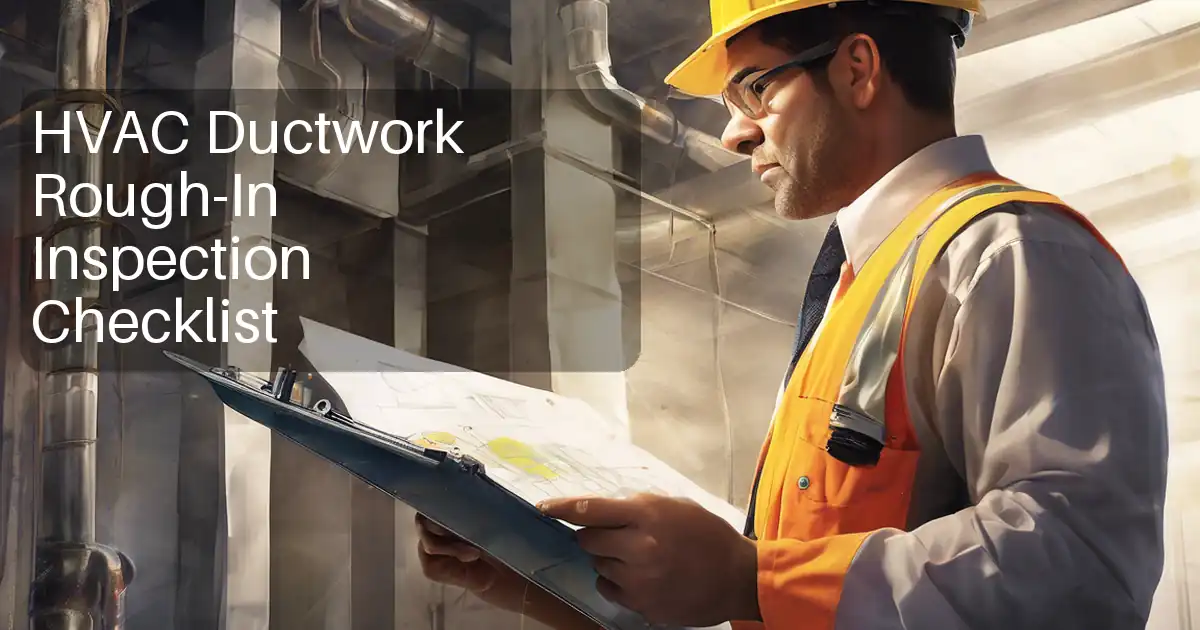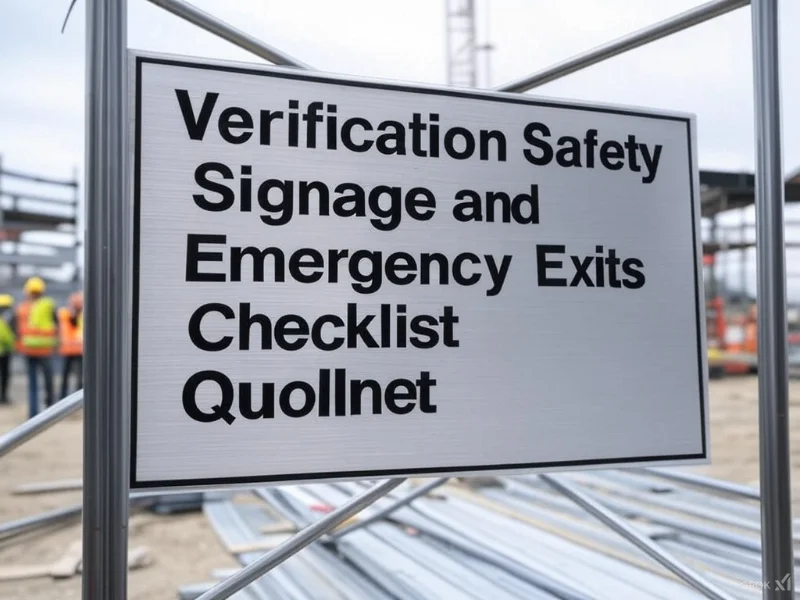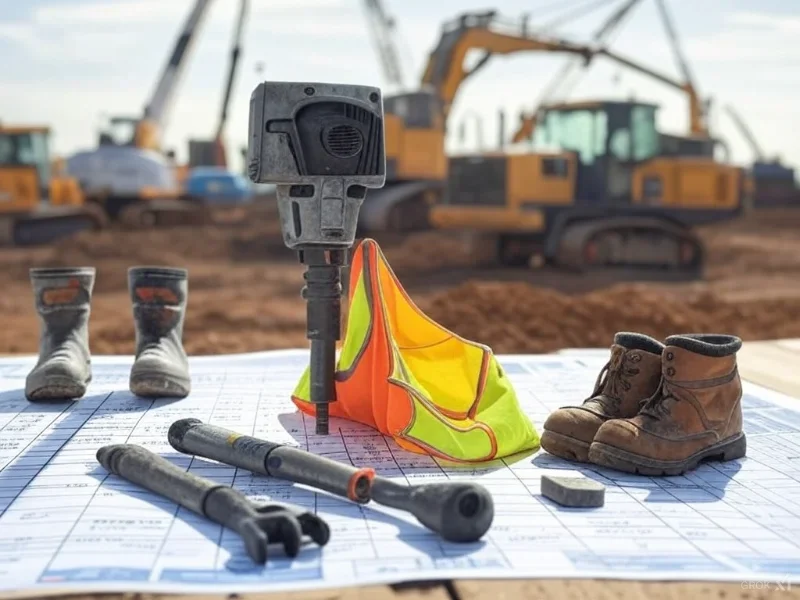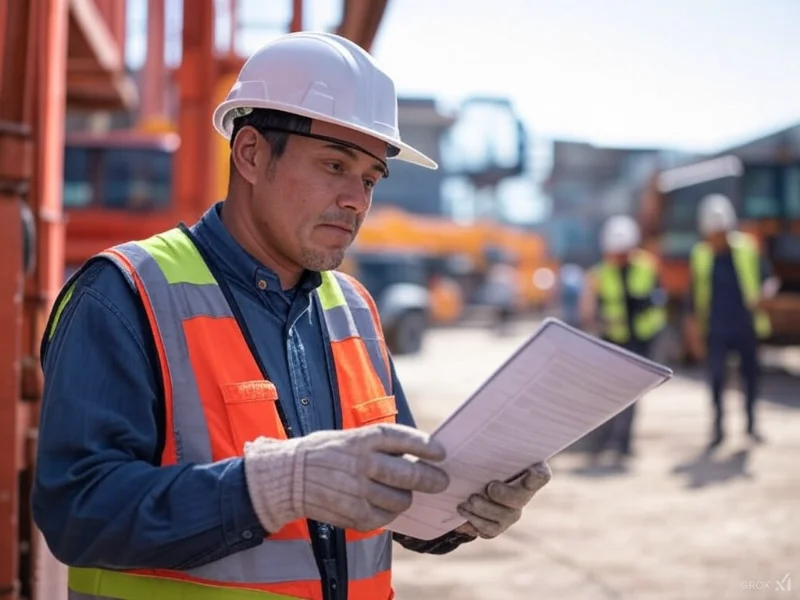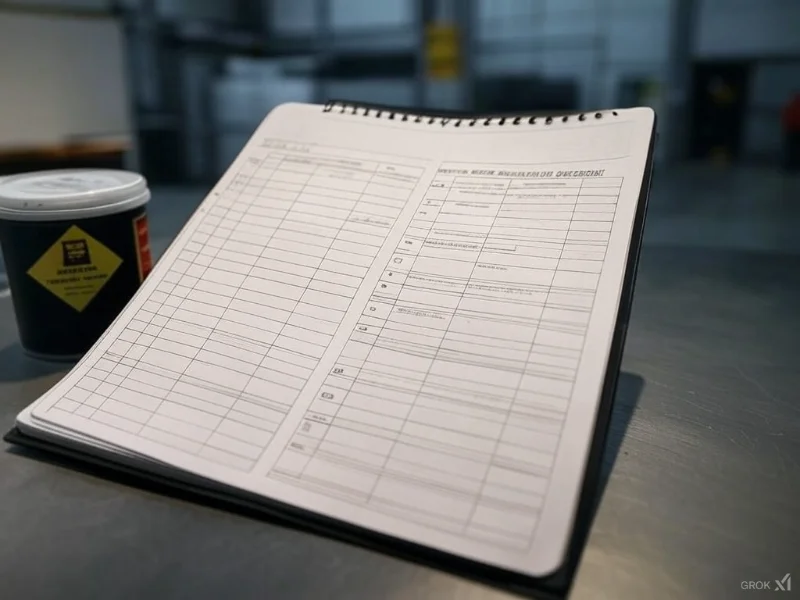Scaffolding and Ladder Safety Inspection Checklist: Free Downloadable Templates (Excel, Word, PDF)
Introduction
According to OSHA, falls from ladders and scaffolding are among the leading causes of workplace injuries in the construction industry. Ensuring scaffolding and ladder safety is not just a regulatory requirement—it’s a critical step in protecting workers and preventing accidents. A structured weekly inspection checklist helps identify potential hazards, maintain compliance, and create a safer work environment.
In this article, we provide a detailed weekly scaffolding and ladder integrity checklist that safety managers, site supervisors, and workers can use to ensure safety and compliance. Downloadable versions in Excel , Word , and PDF formats are also available for easy record-keeping.
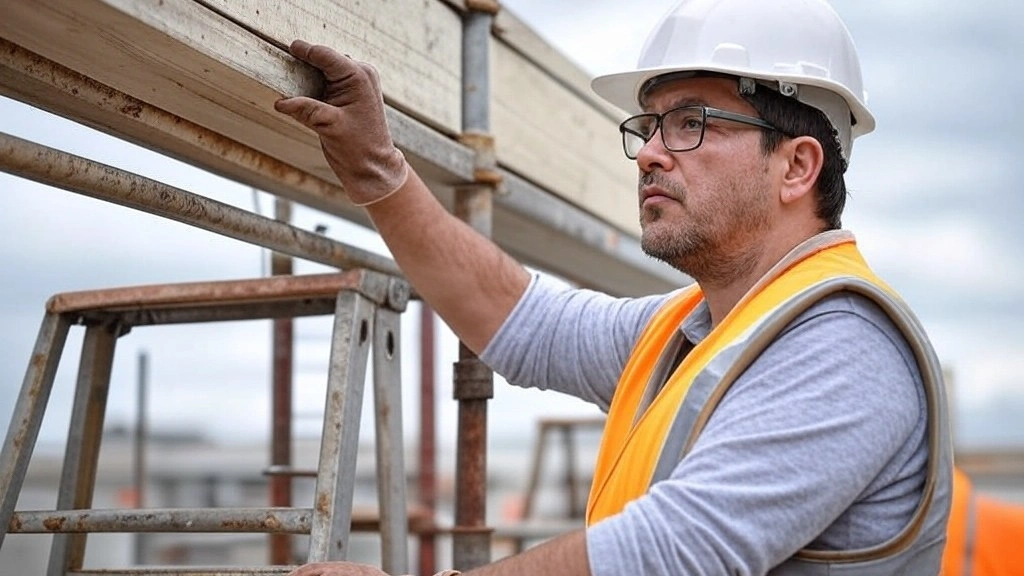
Why Is Weekly Scaffolding and Ladder Inspection Important?
🔹
Prevents Accidents
– Regular inspections reduce the risk of falls, structural failures, and collapses.
🔹
Ensures Compliance
– Adhering to OSHA and ANSI standards helps avoid fines and legal consequences.
🔹
Extends Equipment Lifespan
– Identifying issues early prevents costly replacements and repairs.
🔹
Protects Workers
– A safer work environment improves efficiency, morale, and productivity.
Scaffolding and Ladder Weekly Inspection Checklist
A weekly inspection ensures that scaffolding and ladders remain in optimal condition. Use this step-by-step checklist to verify safety, compliance, and structural integrity.
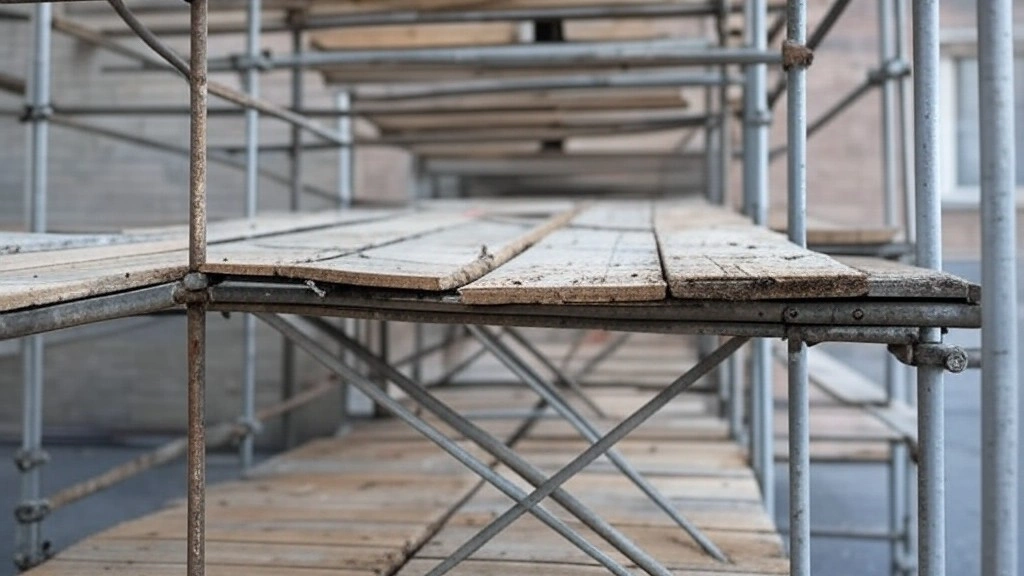
1. Structural Integrity & Stability
✅
Are all scaffolding components tight and secured (no loose bolts, pins, or defective parts)?
✅
Is the scaffold frame properly aligned with no signs of bending or structural damage?
✅
Are scaffold planks in good condition with no cracks, warping, or missing sections?
✅
Is the ladder frame free from dents, cracks, rust, or bends?
✅
Are all rungs and steps intact, secure, and slip-resistant?
2. Safety Features & Guardrails
✅
Are guardrails, mid rails, and toe boards properly installed and secured?
✅
Are ladder locks, braces, and extension mechanisms functioning correctly?
✅
Is the scaffold equipped with a fall protection system (harnesses, lanyards, lifelines)?
✅
Are mobile scaffolds locked in place with caster wheels secured?
✅
Are ladders and scaffolds secured against tipping or shifting?
3. Load Capacity & Weight Limits
✅
Are scaffolding and ladders being used within their maximum weight capacity?
✅
Are tools, materials, and workers evenly distributed on the platform?
✅
Has there been any overloading or signs of strain on the structure?
4. Environmental & Worksite Hazards
✅
Are scaffolding and ladders placed on stable, level ground (e.g., not on uneven surfaces or soft soil)?
✅
Are there any overhead hazards (e.g., power lines, falling debris, or adverse weather conditions)?
✅
Is the area around the scaffold and ladder clear of debris, obstructions, and trip hazards?
✅
Are there proper warning signs and barricades around scaffolding and ladders?
5. Compliance & Documentation
✅
Are inspection logs updated with findings and necessary actions?
✅
Have workers received proper training on ladder and scaffolding safety?
✅
Have any repairs, modifications, or replacements been documented?
✅
Are ladders and scaffolding OSHA and ANSI compliant?
Download Your Free Scaffolding & Ladder Checklist
Manager your weekly inspections with our free, customizable checklists in multiple formats:
- Word Checklist –Customizable checklist for easy modifications.
- Excel Checklist –Editable version for digital record-keeping.
- PDF Checklist –Printable version for on-site use.
Don’t wait until it’s too late—download your free checklist today and start improving workplace safety immediately.
Final Thoughts
Conducting weekly scaffolding and ladder inspections is a simple yet essential step to improve workplace safety, prevent injuries, and maintain compliance with safety regulations. By using this detailed checklist, you can minimize risks, protect your workers, and create a safer work environment for all employees.
✅
Stay safe. Stay compliant. Inspect weekly!
For more workplace safety tips and compliance checklists, subscribe to our updates or follow us for the latest industry’s best practices.
References
- Occupational Safety and Health Administration (OSHA). Scaffolding Standards .
- American National Standards Institute (ANSI). Ladder Safety Standards.
